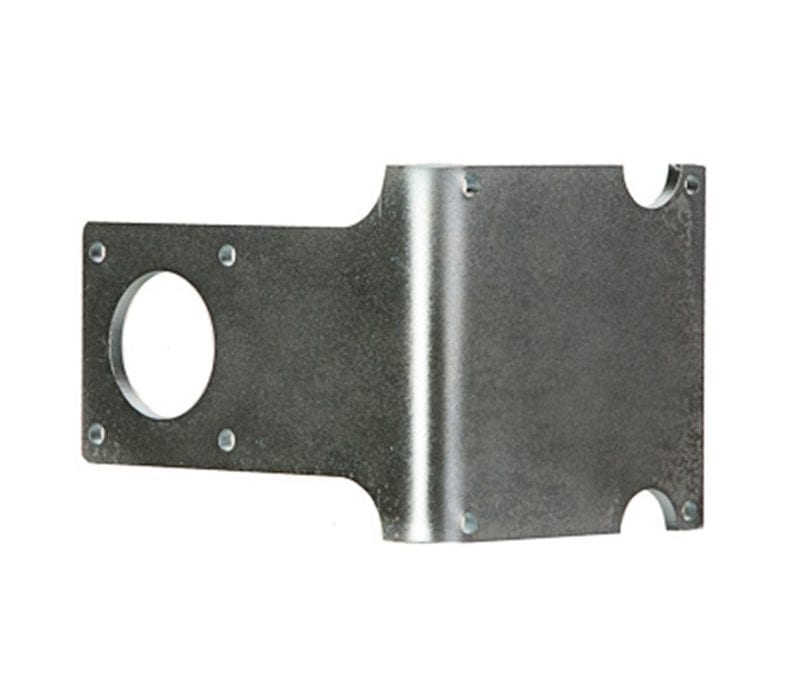Metal fabrication is a manufacturing process that shapes raw metal materials into an end product or parts. There are numerous metal fabrication processes and uses, creating everything from hardware to pipes to airplane parts. For improved efficiency and service, metal fabrication shops often do many processes under one roof.
Common Raw Materials for Metal Fabrication
When asking, “What is metal fabrication?” you get a broad answer that encompasses many manufacturing processes. Thus, there’s also a broad answer when it comes to what raw materials are used. Any metal that can be manipulated can be used. But here are the most common raw materials used:
- Sheet Metal or Plate Metal
- Formed and Expanded Metal (i.e., Tube Stock)
- Welding Wire or Welding Rod
- Casting
Standard Metal Fabrication Processes
When it comes to service, metal fabrication shops usually do multiple processes in-house. They might start with raw materials or work with materials or parts provided to them by the client. The standard metal fabrication services are:
Metal Stamping
Metal Stamping transforms flat metal into different shapes. Metal stamping is used to form products and parts, everything from jewelry to engines and more.
Metal Punching
Punching quite simply punches a hole in metal, removing the scrap as it does it. Punching is the most efficient and cost-effective process for making holes for medium to high volume production.
Metal Cutting
Metal cutting can involve sawing, shearing, chiseling, or torching. Metal laser cutters, like CNC laser cutting machines, can consistently cut products with narrow margins.
Metal Bending
With this service, metal fabrication techs use hammers, press brakes, tube benders, and similar tools to bend metal. Types of metal bending include air bending, bottom bending, and coining.
Joining
Also known as assembling, joining binds pieces of metal together. Methods include welding, riveting, bending, or the use of adhesives or fasteners.
Other processes include boring, sinking, burring, blanking, anodizing, annealing, drawing, etc. Other processes combine two or more of the above processes. As you can see, when defining what is metal fabrication, you’re addressing a vast range of manufacturing methods.
Value-Added Operations
In addition to standard service, metal fabrication shops often offer Value-Added services. By doing so, they can deliver metal stamping parts or other products, assemblies, and components that are completely finished and packaged. Customers appreciate these start-to-finish operations, which is why they are aptly named for their added value. Value-Added operations include but are not limited to:
• Assembling
• Machining
• Plating
• Sanding
• Painting
• Polishing
• Black oxide coating
• Heat treating
• Metal finishing
• Pickling
• Passivation
• Powder coating
• Applying labels
• Packaging – bulk, individual, customized
Fox Valley Stamping
Fox Valley Stamping is a leading provider of short-run metal stamping, CNC laser cutting, metal fabrication, welding, and other added-value services. Our committed staff, flexible schedule, and holding inventory all guarantee a quick turn-around. With over fifty years of experience, you can count on us for the best service, metal fabrication included! Contact Us for your next project.
Read Next: How Does a Metal Laser Cutter Work?




 847.741.2277
847.741.2277
